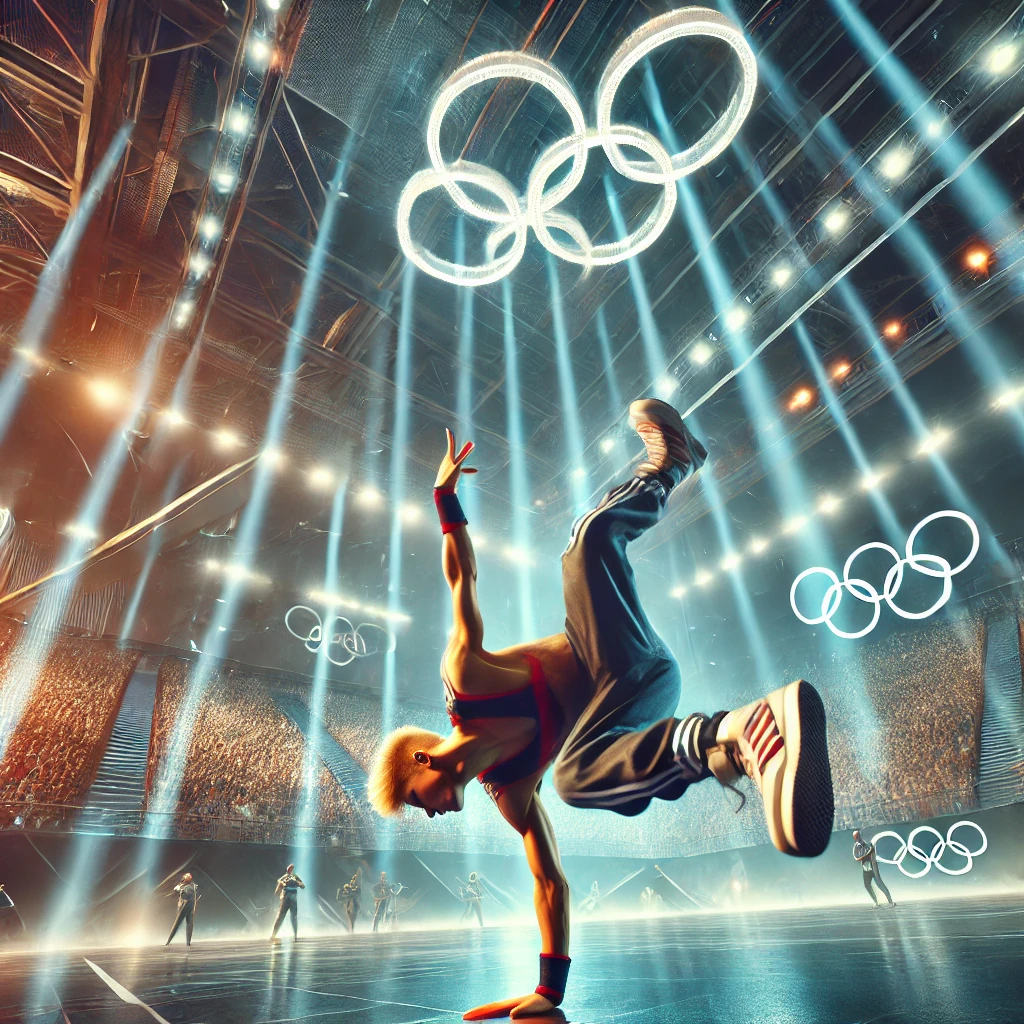Introduction
Breakdancing, also known as breaking or b-boying/b-girling, has long been a cornerstone of hip-hop culture. Originating in the streets of New York City in the 1970s, it quickly gained global recognition for its dynamic moves, acrobatics, and expressive style. But in recent years, breakdancing has taken a significant step into the mainstream sports arena.
With the growing trend of incorporating urban and youth-oriented sports into global competitions, many wonder: Is breakdancing an Olympic sport? In this article, we’ll explore the journey of breakdancing to the Olympics, its inclusion in the Games, and what this means for the future of the sport.
Breakdancing’s Journey to the Olympics
The Path to Olympic Recognition
For decades, breakdancing remained an underground movement, thriving within street culture and dance battles. However, its increasing popularity and athletic rigor caught the attention of major sports organizations.
In 2018, breakdancing made its debut at the Youth Olympic Games in Buenos Aires, where it was met with great enthusiasm. This event served as a testing ground for its potential inclusion in the Summer Olympic Games.
Official Inclusion in the 2024 Paris Olympics
The breakthrough moment came in December 2020, when the International Olympic Committee (IOC) officially announced that breakdancing would be included in the 2024 Paris Olympic Games. This decision was part of the IOC’s initiative to modernize the Games by introducing more youth-oriented and urban sports.
How Will Breakdancing Be Judged?
Scoring System
Unlike traditional Olympic sports with quantifiable scores, breakdancing will be judged based on a combination of factors:
- Creativity – Unique moves and personal style.
- Technique – Precision, difficulty, and execution of movements.
- Musicality – Synchronization with the beat and rhythm.
- Battle Strategy – Ability to counter opponents’ moves effectively.
- Overall Performance – Confidence, stage presence, and crowd engagement.
Competition Format
The breakdancing competition at the Olympics will follow a battle format, where competitors face off in head-to-head dance battles. Judges will assess each round and determine the winner based on the scoring criteria.
The Impact of Breakdancing’s Olympic Inclusion
Boosting Global Popularity
Breakdancing’s inclusion in the Olympics is expected to elevate its global visibility, attracting new fans and aspiring dancers. This exposure could lead to increased sponsorship deals, funding opportunities, and more dance programs worldwide.
Recognition as a Legitimate Sport
While breakdancing has always been a physically demanding art form, its Olympic status helps solidify it as a legitimate sport. This could encourage more formalized training programs and structured competitions.
Challenges and Criticisms
Despite the excitement, some purists within the breakdancing community worry that Olympic commercialization may dilute the art form’s authenticity. Balancing its cultural roots with structured competition will be key to maintaining its integrity.
Conclusion
Breakdancing has come a long way from the streets of New York to the global Olympic stage. Its inclusion in the 2024 Paris Olympic Games marks a historic moment, providing both opportunities and challenges for the dance sport.
As breakdancing enters this new era, it remains to be seen how it will evolve under the Olympic spotlight. Will it inspire a new generation of breakers, or will it face challenges in maintaining its cultural essence? One thing is certain—breakdancing’s Olympic debut is a game-changer for both the sport and its passionate community.
Are you excited to see breakdancing at the Olympics? Share your thoughts in the comments below!

Yara Bryant is a dedicated sports journalist with a knack for breaking down game strategies and delivering in-depth analysis. With a strong background in sports coverage, she specializes in football, basketball, and motorsports, bringing fans the latest news, insights, and predictions.


No responses yet